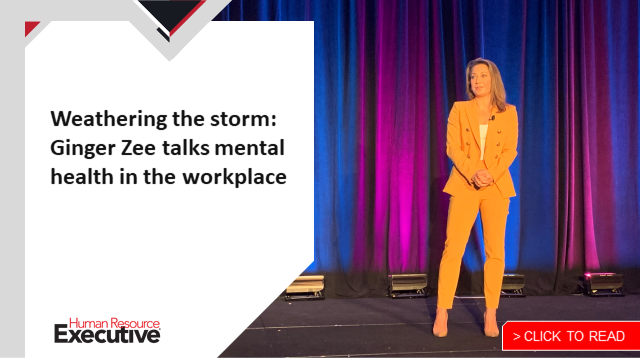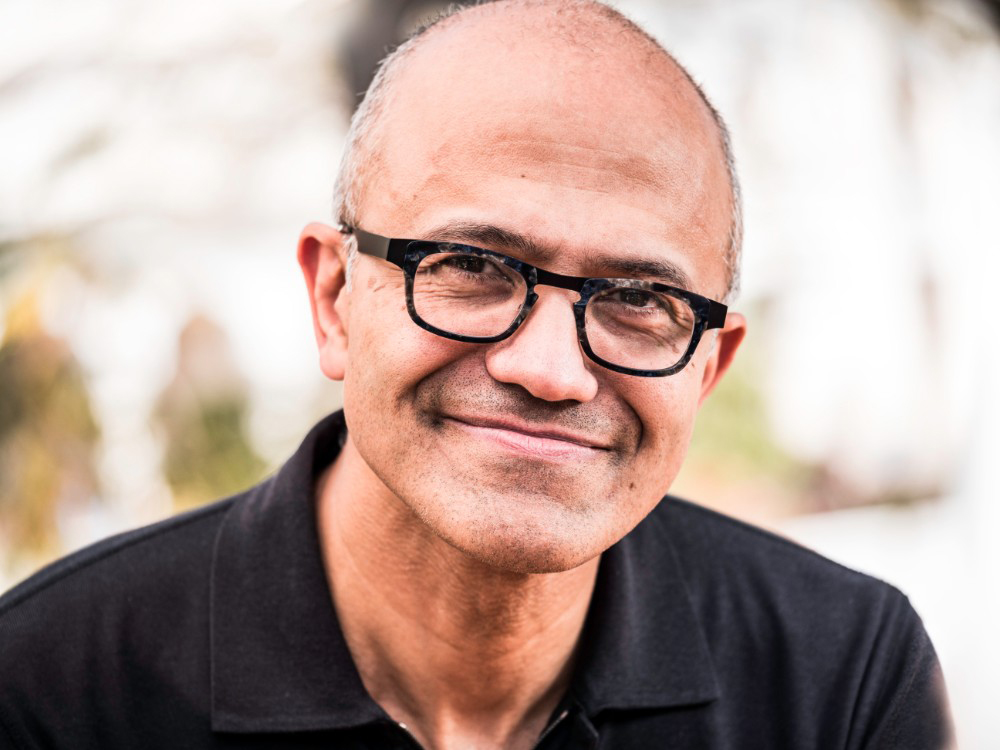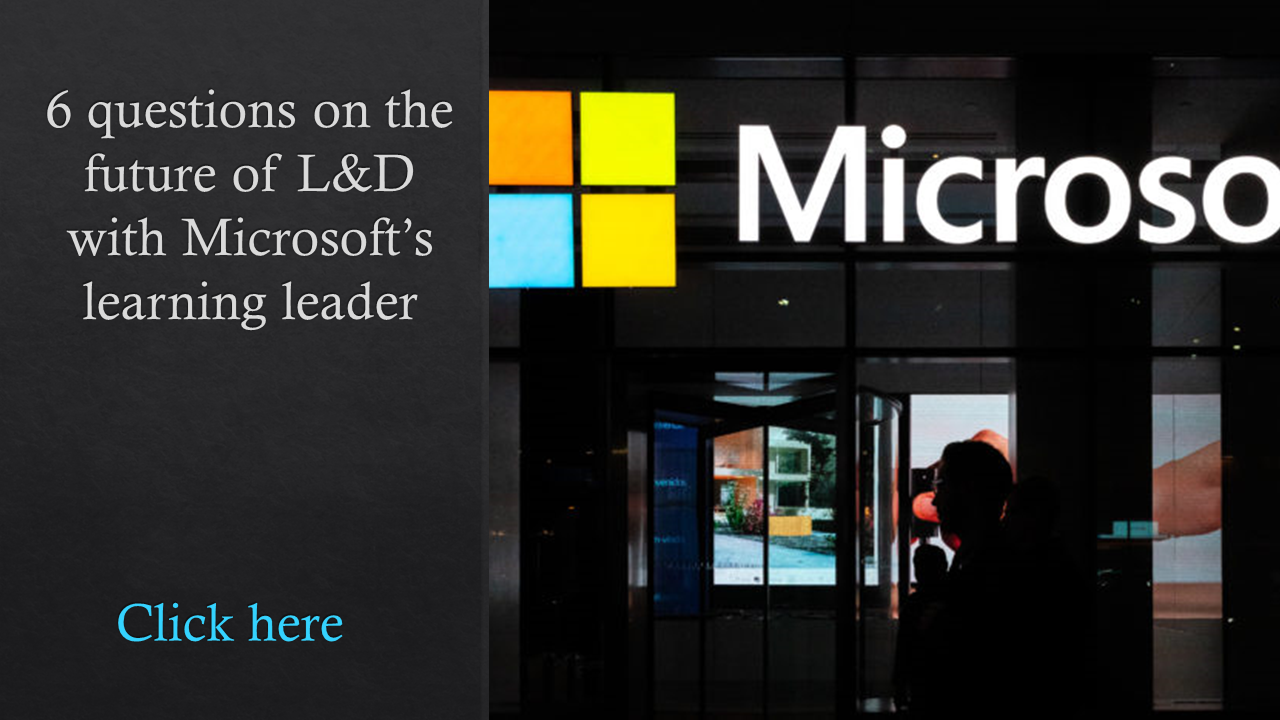When the pandemic hit the U.S. in March 2020, the world of work was upended largely overnight. Workplaces were abandoned, office workers became remote workers, in-person learning transitioned to virtual learning. It was like someone flipped a switch.
But more than two years later, employers are out of crisis mode, no longer operating in such stark, sudden conditions—and now they’re looking for long-term, sustainable approaches to remote work. To find clarity in that process, HR leaders should start by thinking of the shift to remote not in terms of a switch but rather a dial—a flexible, moveable and always-changing continuum, said Satya Nadella, CEO of Microsoft, during the recent Wharton Future of Work Conference.
In a conversation with organizational psychologist and HRE HR Tech Influencer Adam Grant, Nadella said employers including Microsoft are still “figuring out” the current incarnation of remote work and long-term trends have yet to “truly stabilize.” But, he said, the dial on remote work is currently set to a place where managers and leaders have significant power to shape success, particularly in three areas.
The “Triple Peak”
Microsoft research has found that, when working remotely, employees tend to be most productive at three specific times: in the morning, afternoon and again before bedtime—what he calls the “Triple Peak.” Nadella said he’s found that to be true even in his own work: He’s often “triaging” emails late at night to get ready for the next day and responding to messages from international colleagues.
 This sets up an interesting paradox: The drive to give employees more flexibility during the day does mean that work may be spread out over longer hours. But, employers need to be cognizant of the impact that late-night and weekend work, and the norm that workers should be “always on,” can have on employee wellbeing. When wellbeing dips, productivity follows; productivity is usually only considered in the context of collaboration or output metrics, but it is also significantly driven by wellbeing, Nadella said.
This sets up an interesting paradox: The drive to give employees more flexibility during the day does mean that work may be spread out over longer hours. But, employers need to be cognizant of the impact that late-night and weekend work, and the norm that workers should be “always on,” can have on employee wellbeing. When wellbeing dips, productivity follows; productivity is usually only considered in the context of collaboration or output metrics, but it is also significantly driven by wellbeing, Nadella said.
Technology to offer nudges, such as for employees to take time off or sign off for the day, can help. But more important, he said, is leadership.
“We need to learn soft skills—good, old-fashioned management practices—to have people have their wellbeing taken care of,” he said.
Related: Hybrid work is presenting HR leaders with a major conundrum
Managers and leaders need to encourage a culture where immediate responses to emails or messages aren’t expected. Even at Microsoft, he said, he’s “proud” when colleagues feel they don’t have to respond to the CEO right away.
“We, as individuals, need to empower ourselves to take on more responsibility for our own wellbeing,” he said.
As for stopping those late-night and weekend emails? “I am learning every day,” Nadella said.
Redefining the workspace
Leadership also should focus on how the physical workspace will function in the remote or hybrid world.

Collaboration and one-on-one mentoring are among the opportunities that an office can now provide for remote and hybrid workers, Nadella said, noting Microsoft is compiling a “taxonomy of best practices we’re seeing to then say, ‘This is how the physical space has to change.’ ”
One key change is that today’s offices should be more modular. Just as digital tools have to have malleability, so too should in-person spaces, he said.
When Grant joked that his desk of the future will be made of Legos, Nadella said he wasn’t far off.
“You should be able to make your desk appear differently at different places and different times based on the type of work on that given day,” he said.
See also: The big workplace trends coming our way, based on Microsoft research
A new opportunity for onboarding
During the pandemic, Microsoft hired 50,000 people—which means 50,000 onboarded virtually.
 In addition to leaning into technology to make those onboarding experiences engaging, just as important is the investment of an employee’s direct manager, Nadella said. While pre-pandemic, many companies would bring new employees on-site for a full day or even week of onboarding activities, now the employee’s manager is the “full-service concierge”—from explaining benefits to walking them through the paperwork to introducing them to the team.
In addition to leaning into technology to make those onboarding experiences engaging, just as important is the investment of an employee’s direct manager, Nadella said. While pre-pandemic, many companies would bring new employees on-site for a full day or even week of onboarding activities, now the employee’s manager is the “full-service concierge”—from explaining benefits to walking them through the paperwork to introducing them to the team.
In research on its intern class, Microsoft found that those most likely to seek full-time employment at the company cited that their managers exhibited “deep care” for them, including in onboarding, which Nadella said highlights that empathetic leadership needs to be ingrained into managerial capabilities.
Before the pandemic, Microsoft rolled out a blueprint for management excellence called Model, Coach, Care—emphasizing managers’ responsibility to role model company culture and values, instill those in their employees and lead with genuine investment in each employee.
“I’m glad we got started before the pandemic because it helped during,” Nadella said. “It’s now become clear to me that this is what company success depends on: great, everyday management. Otherwise, it’s very, very hard to tackle some of these things.”
Related: How the 2021 HR Executive of the Year rebooted Microsoft’s culture
The post Why Microsoft’s CEO is trying not to send weekend emails—and you should too appeared first on HR Executive.